Obit to the SORRY! exhibition
Known and unknown of the Berlin Graffiti Writing culture.
Photographed between 1983 and today.
Text by Katia Hermann and Mark Straeck, november 2018
Content:
The exhibition venue
The archive
Development of the Berlin writing culture
– Eighties
– Nineties
– Zero years
– 2010 until today
– Organizers, photographers, lenders
The exhibition venue
The thematic photo exhibition SORRY! took place from 1.06. to 24.06.2018 in the old granary (Kornspeicher) in Berlin-Mitte. A chronological tour provided insights into the development of the Berlin style writing culture in the changing urban space from 1983 until today.
The old granary is located directly on a shipping canal that marked the border between East and West Berlin during the division of the city. After the fall of the Berlin Wall, the surrounding area lay fallow for years and was a popular spot for graffiti writers and other artists. Its traces can still be seen today on the building itself, and the granary is currently located in the middle of Berlin’s largest construction site, not far from the new main railway station (Hauptbahnhof) and the Hamburger Bahnhof Museum for Contemporary Art. The change and eventful history of this piece of Berlin made the Kornspeicher the ideal venue for this impressive thematic exhibition.
The archive
The photographs and documents presented from private archives, some of which were never published, were complemented by texts and narrations by writers. All presented prints of the 80s and 90s were made possible by private, analogue photographs. The photographs from the year 2000 onwards were mainly taken by professional photographers from Berlin and show, in addition to the images of pieces in urban space or on subway and suburban trains, above all how photography deals artistically with the subject, whether analogue or later digital. The photo collection is complemented by private loans of historical magazines, VHS videos and old sketches as well as rare screen prints.
The exhibition was meant as a homage to the deceased writers and to the Berlin writing culture without claiming to be complete or scientific, especially since it was compiled within only three months. The archive compiled in this short time can thus only represent a fraction of a huge movement in Berlin for over thirty years, which could be expanded at any time.
Development of the Berlin writing culture
Eighties
After the first political slogans, illegally painted murals by agit-pop groups and everyday sprayed slogans in the 1970s in West Berlin, at the beginning of the 1980s sprayed pictures were increasingly created on the western side of the Berlin Wall.
Influenced by American graffiti as well as by writers from Paris and Amsterdam, the first large letterings and characters appeared in Berlin from 1983, especially in the Märkisches Viertel in the north of West Berlin. At the same time, crews with many talents were created in southern West Berlin. The first trains were supposedly painted by tourists and Berlin writers from the Märkisches Viertel in 1986. From 1988/89, more and more actions took place to bomb the city’s suburban and underground trains.
The fall of the Wall in 1989 marked a turning point in history, and Berlin in particular experienced a veritable graffiti culture boom with the opening of the Wall.
Nineties
The period of upheaval after the fall of the Berlin Wall created free space in many places in Berlin, which for many people and mainly artists was almost an invitation to try themselves out in public space.
Writers from West Berlin now also sprayed in East Berlin, where a still young graffiti scene acted and networked. They exchanged ideas, founded new crews and international writers who painted in Berlin, gave new and important inputs.
Shops for graffiti equipment opened up, self-proclaimed meeting points of the writers’ scene, such as Corner Friedrichstraße, invited for exchange. Numerous halls of fame were created in West Berlin as well as at the East Side Gallery and were painted with elaborate pictures. The first Berlin graffiti magazines and videos reflected the rapidly growing scene. An intensive exchange began, resulting in exhibition projects and joint well-executed wall designs. Events all about the hip hop culture increased clearly.
At the end of the 90s, some of the writers moved away from the once subcultural art form with its roots in hip hop. In addition to classical style writing, new forms were developed during this time and hard-to-reach places in urban space were conquered. In order to document the events, some actors use the VHS video technology of the time. Many publications spread graffiti writing and became increasingly important for archiving and reflection within the scene and for the movement.
Zero years
The 2000s were marked by urban change, population growth and the growing interest in the commercial use of urban space. Berlin became the capital and became a new melting pot.
Increasingly, various artists were interested in public space. A new urban art movement spread rapidly in certain districts. Joint actions were organized and tried out by writers and various artists. In this phase, urban space was a huge laboratory for new forms of artistic intervention and communication. New project spaces, thematic exhibitions and publications offered interesting and appropriate platforms for writers and visual artists. The term urban art was increasingly used and established for the various forms of expression of contemporary art in public space. Classical style writing continued to exist and was developed to unusual abstractions and innovative styles by some old schoolers and new schoolers. Style writing was conceptualized or brought into three-dimensional forms.
The developing social media contributed to the spread of the movement. Images of Berlin’s urban space with Urban Art circulated around the globe, and thus the Berlin style writing was also re-examined and more perceived as a form of artistic expression. With the visualization of the scene the public interest grew and with it the attempt to take over and reinterpret the graffiti culture through commercial uses. Many Berlin writers felt compelled by this change to position themselves.
2010 until today
Gentrification and speculation with real estate, which now affects not only central districts but also an increasing number of suburbs of Berlin, have become synonymous with a changing mood in the city and are leading to the disappearance of open spaces and wastelands.
Between mainstream and deepest underground different positions develop in the Berlin scene and the graffiti culture experiences a transformation again. In this context a new generation of writers succeeds in setting innovative accents, which captivate above all by elaborated and new techniques. At the same time, others are working on the development of simple and spontaneously executed letter designs, mostly based on the early New York graffiti writing of the 1970s. These pieces often resemble abstract painting and their naïve appearance makes them seem detached from classical style writing.
Despite the cleaning of graffiti on public transport, train bombing has reached a new heyday thanks to a professionalization in its approach. Not only the actions and places are thought through more carefully, but also their documentation plays a central role. Modern film techniques, contemporary digital media and publications lead to new connections between action and documentation. This combination results in unusual perspectives on urban space, its actors and their forms of expression.
In the 2010s, Berlin’s writing culture developed into a special microcosm that holds a strong and innovative vitality, which is also an incentive for the international writing scene to visit the city and leave its mark. The phenomenon of graffiti is constantly evolving, not only on the level of image design, but also on the level of content.
SORRY! was a project of Berlin Art Bang e.V., Die Dixons in collaboration with Katia Hermann and Mark Straeck and Kera Christian Hinz for the design, made possible by the friendly support of the Kornversuchsspeichers and the Berliner Senat für Kultur und Europa.
Graphicdesign by Knorke
Photographers:
Bart van Kersavond, Bernd Feuerhelm, EMMETT E., Hans-Joachim Burmeister, JUST, Jürgen Große, Kevin Schulzbus, Martha Cooper & Ninja K. & 1UP, Peter Hamm, Peter Stelzig, Sascha Blasche and Thomas von Wittich.
Lenders of the videos, silkscreens, posters, publications, archives, sketches:
Akim Walta (FHTF), ARTE Creative, Berliner-Mauer-Archiv Ralf Gründer, Frank Senf / Siebdruckwerkstatt Lichtenrade, From Here to Fame/Don Karl, Gió Di Sera / StreetUnivercity e.V., Graffiti Lobby, Katrin Müller, Marco Lauber, Mark Straeck, NEON, SOME and Urban Spree Gallery.
The exhibition organizers would like to express their gratitude to all anonymous writers who have willingly supported us with their loans, archive pictures, knowledge and stories. With your help the exhibition SORRY! was made possible.
1,448 views
Categories
Tags:
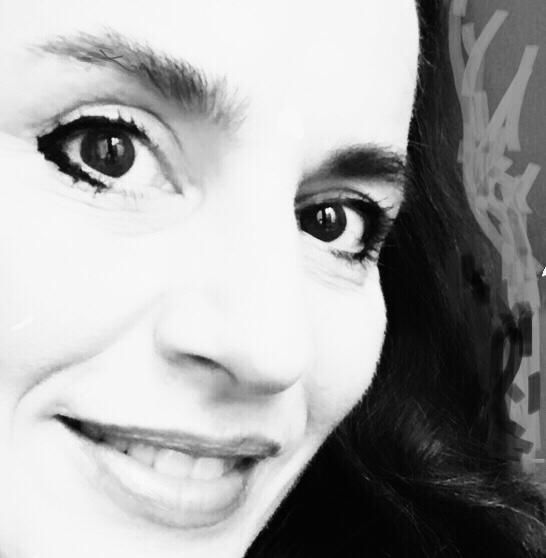
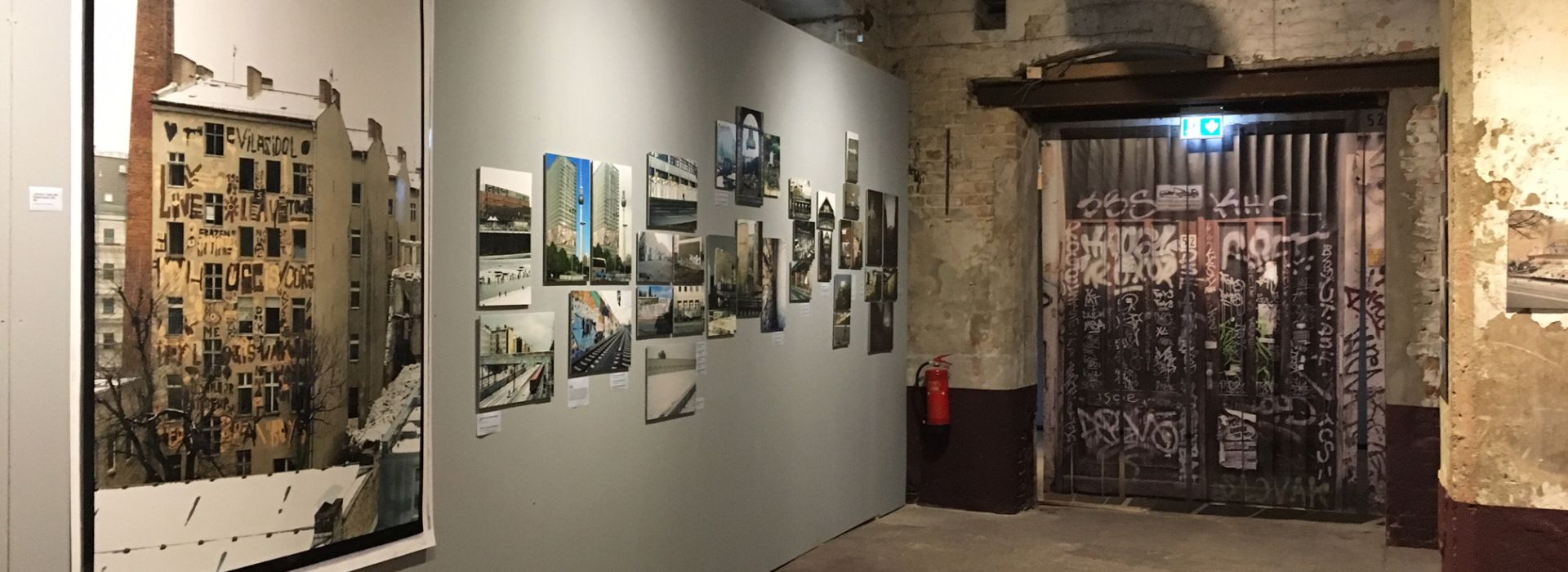
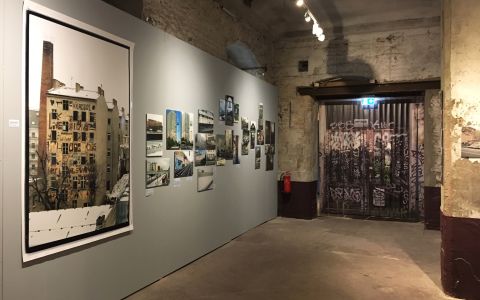
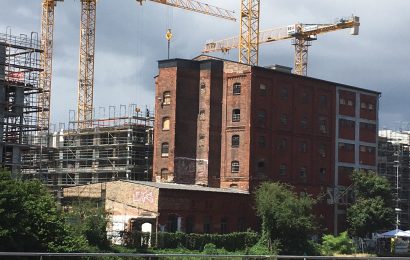
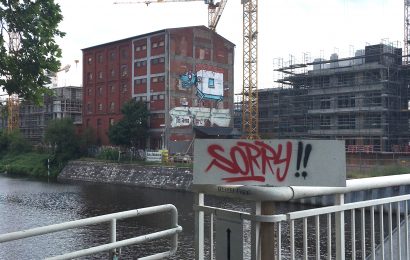
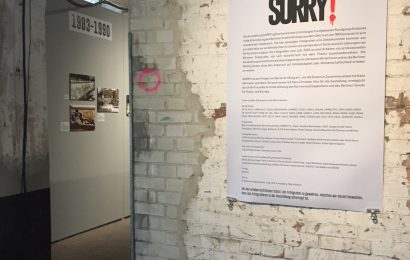
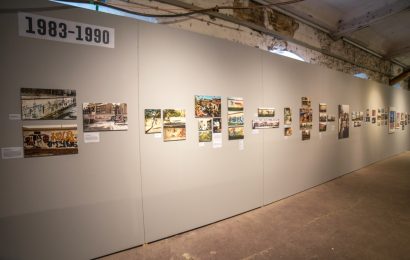
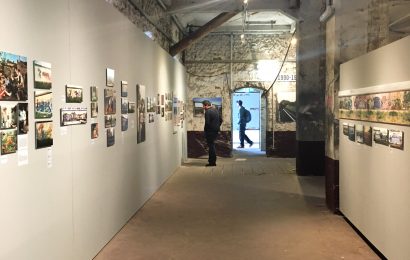
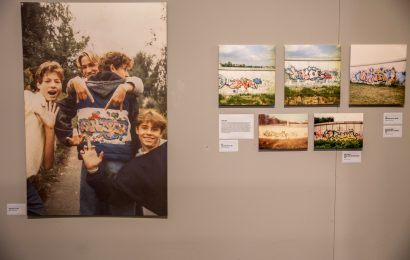
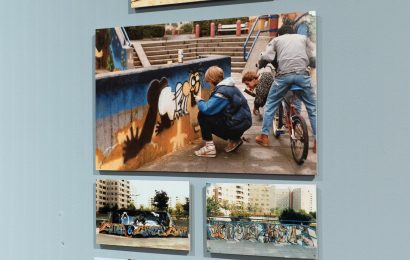
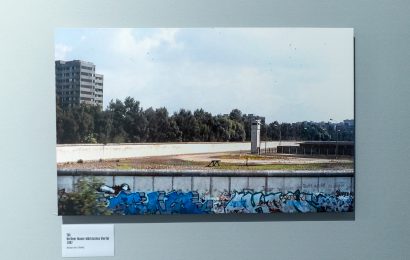
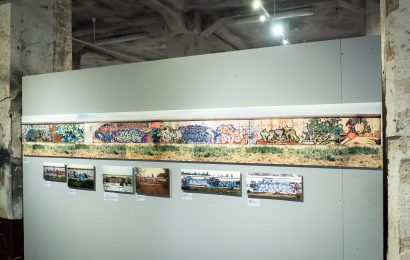
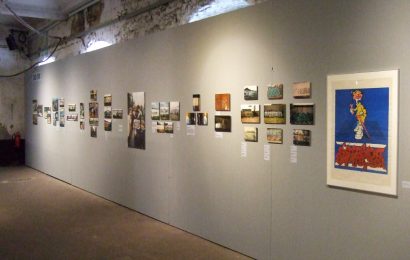
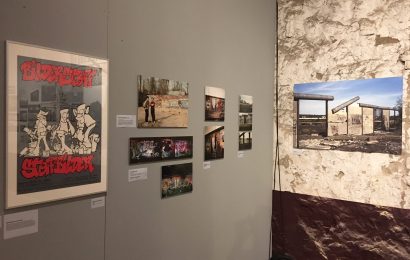
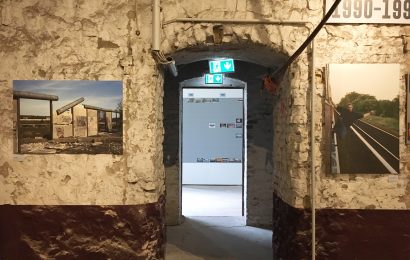
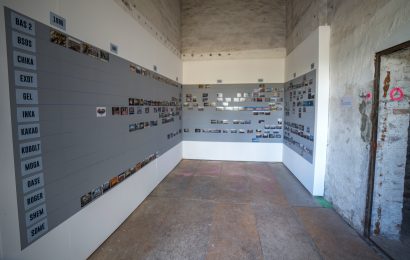

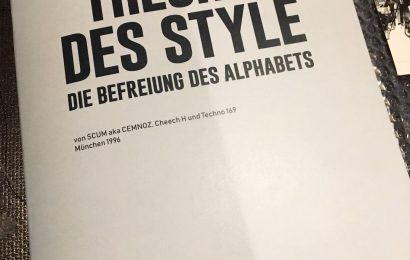
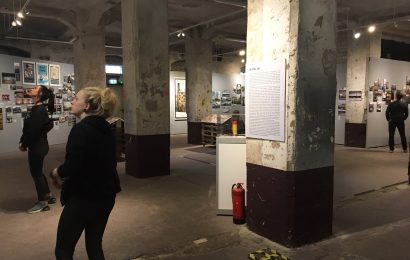
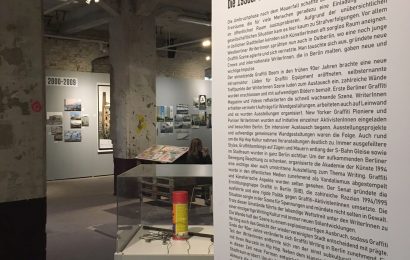
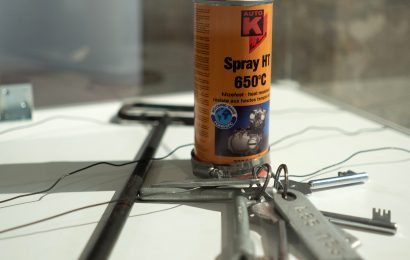
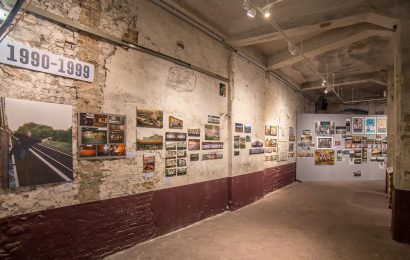
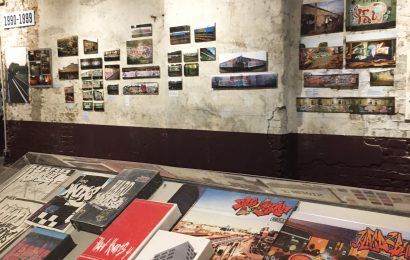
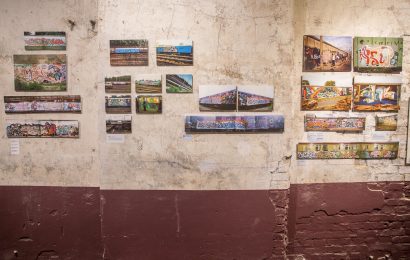
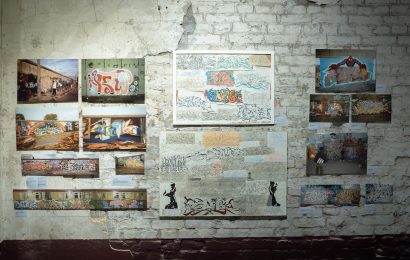
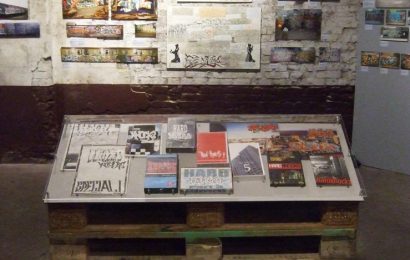
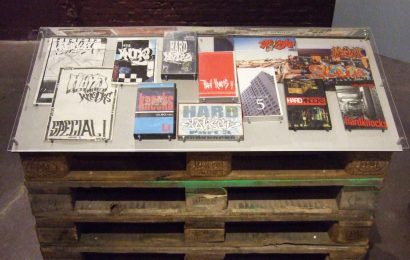
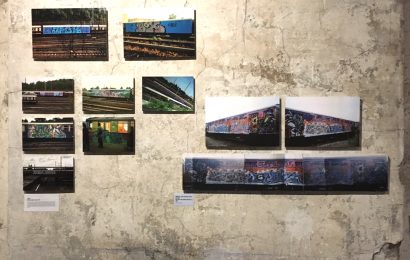
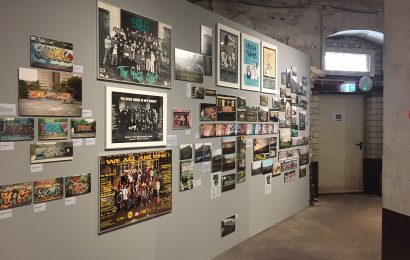
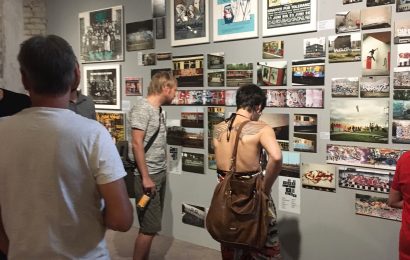
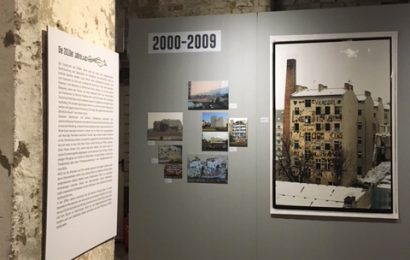
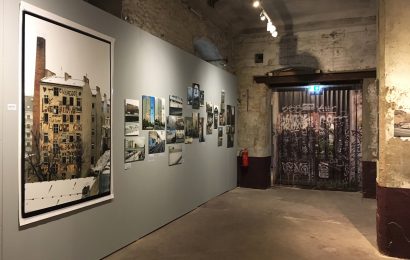
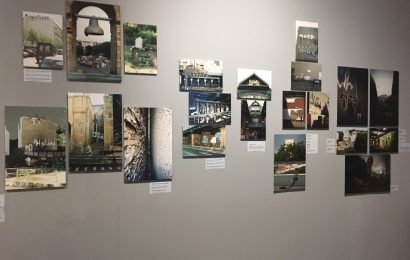
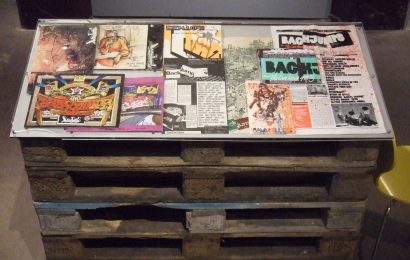
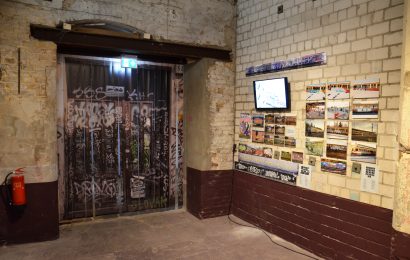
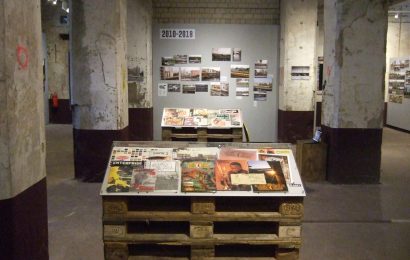
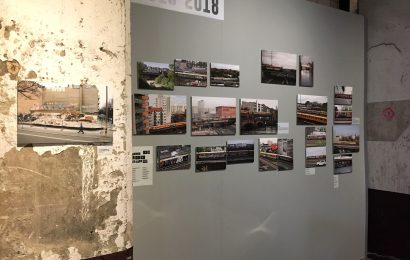
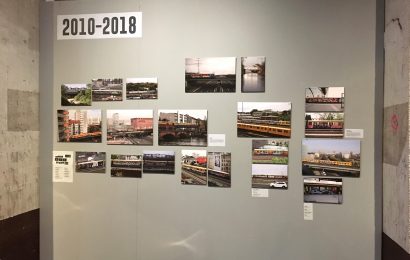
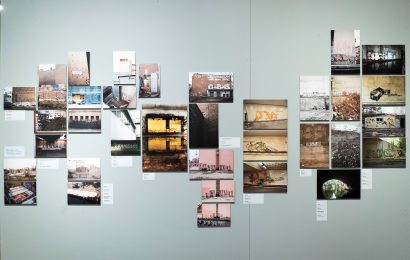
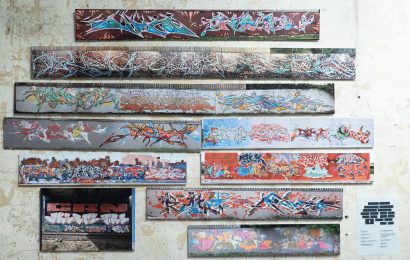
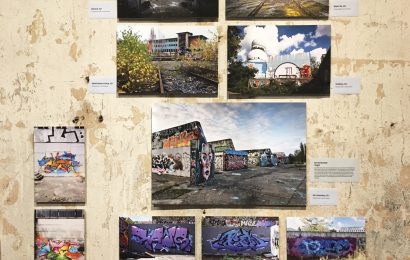
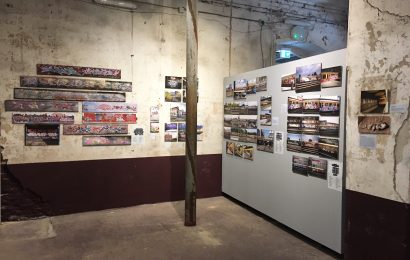
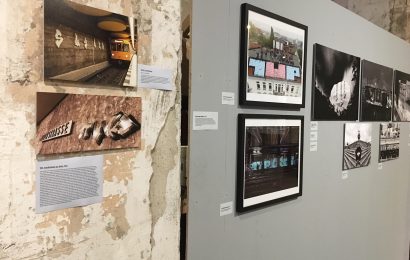
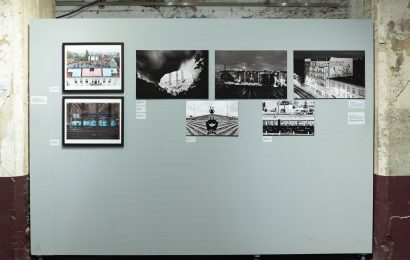
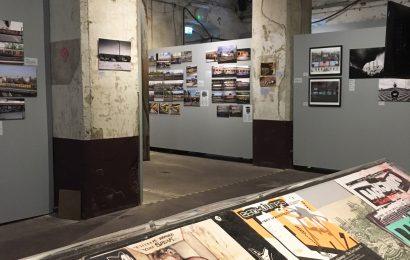
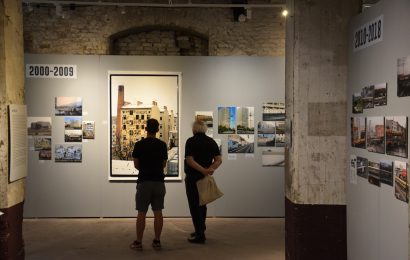
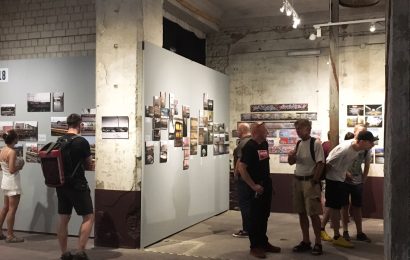
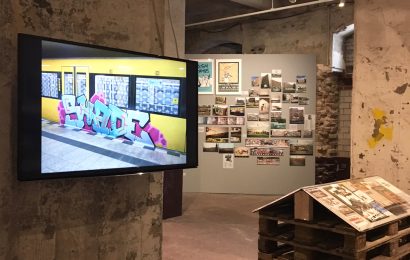
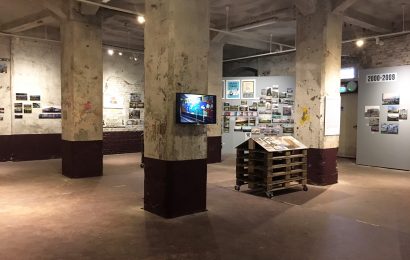
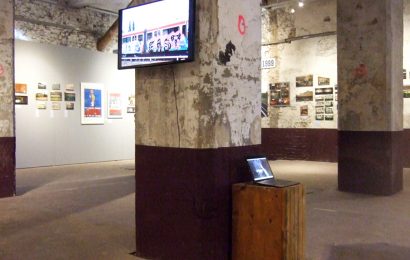
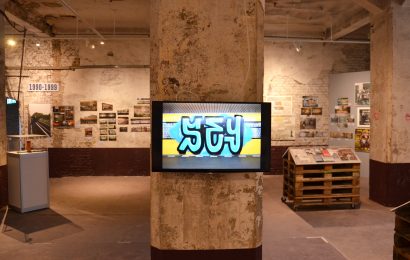
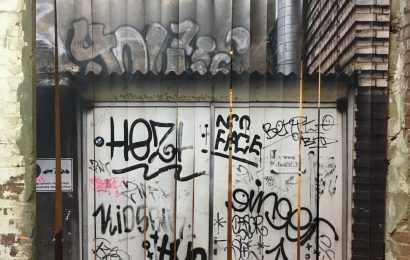
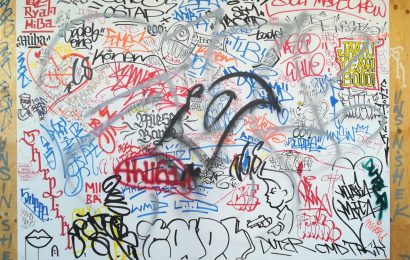

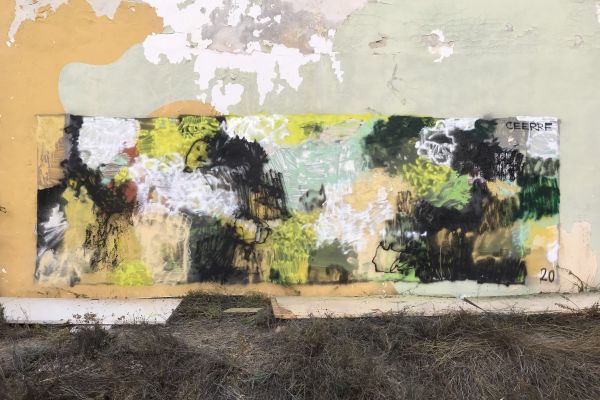
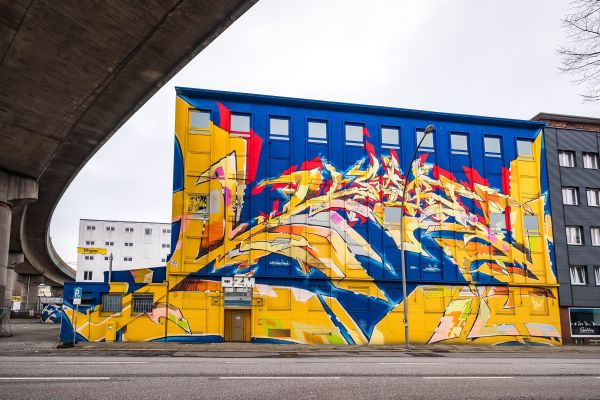
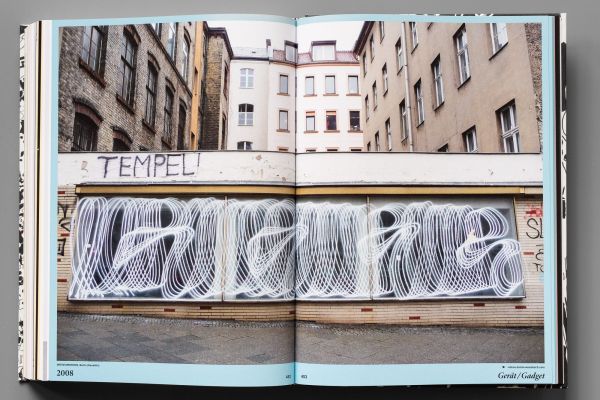
Leave a Reply